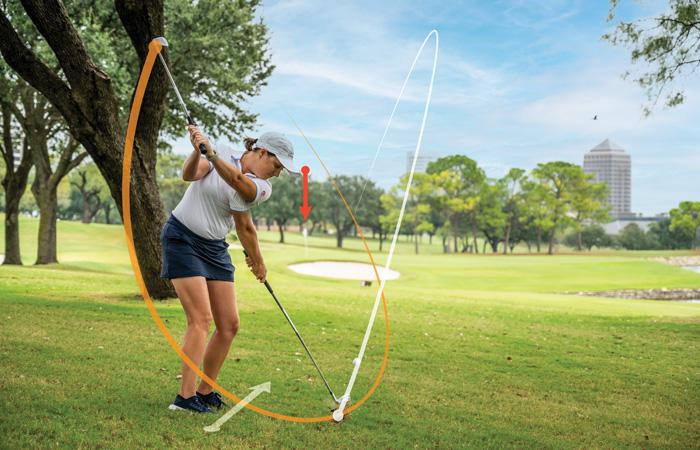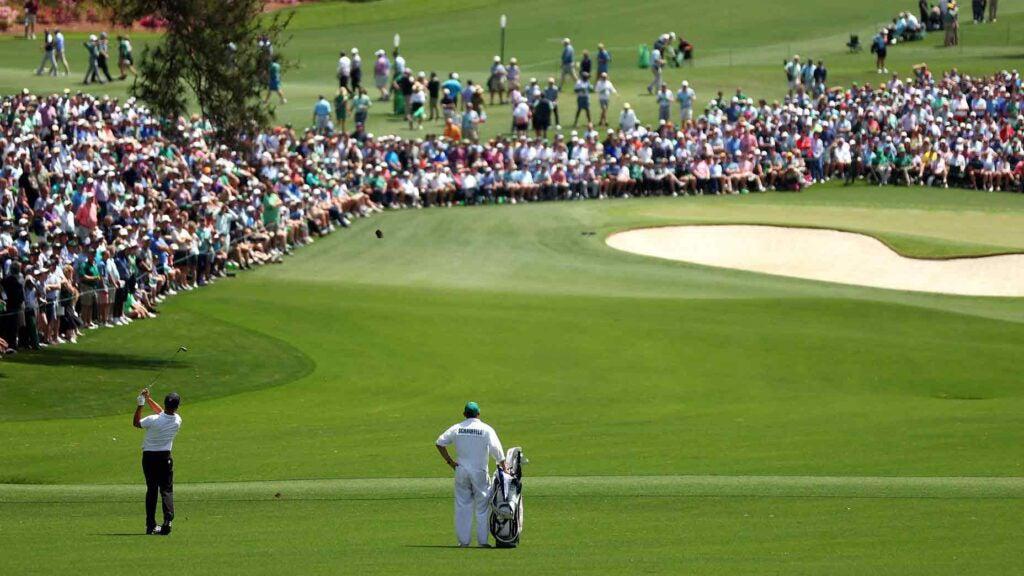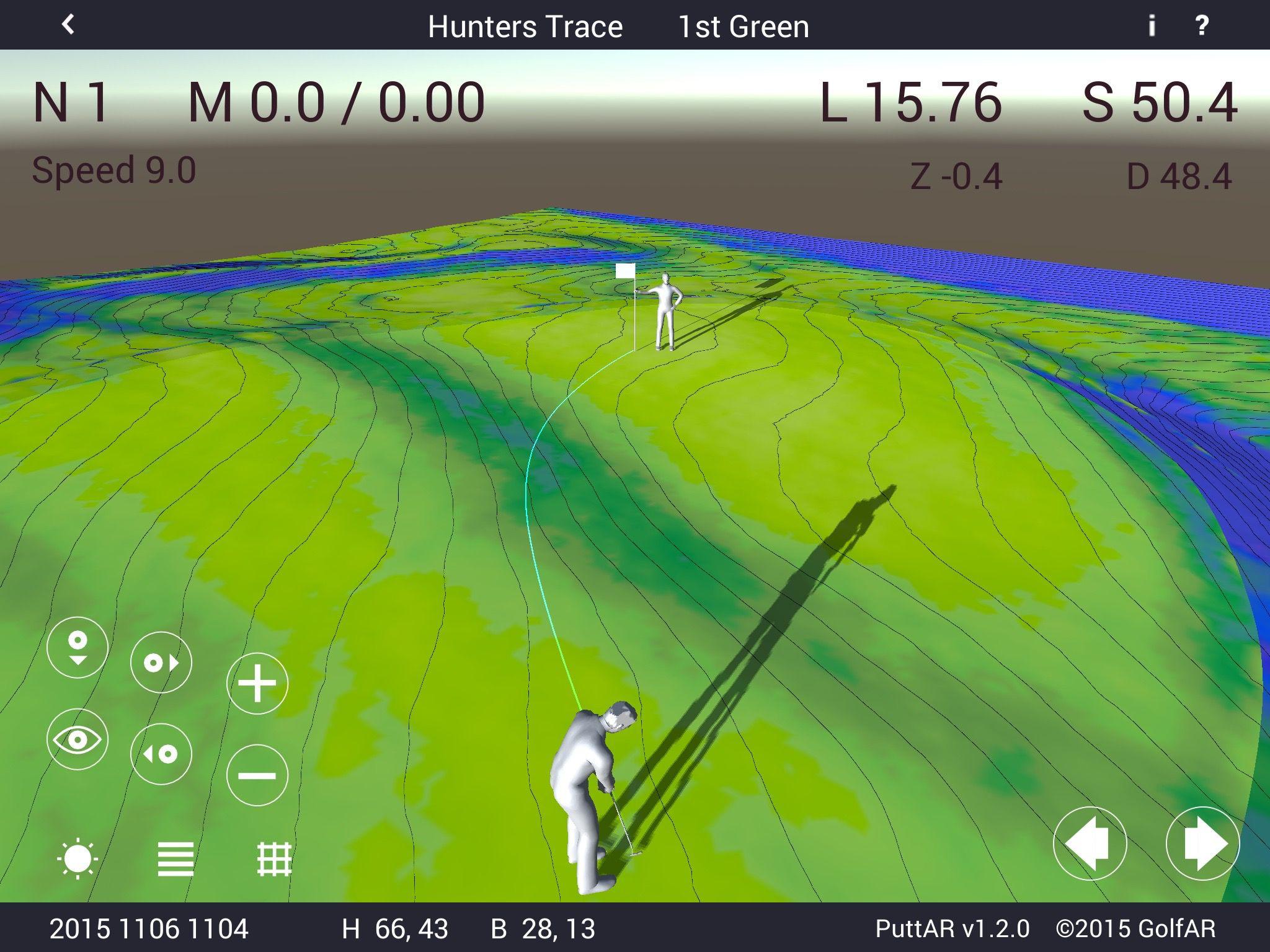Sam Snead’s Performance Enhancement Strategies: A Holistic Approach to Golf Mastery
Sam Snead, the legendary golfer, achieved remarkable success through a multifaceted approach to the game. His strategies for performance enhancement extended beyond swing mechanics to incorporate psychological resilience, exceptional course management, and meticulous attention to detail.
Snead’s mastery of the art of green reading enabled him to accurately predict ball behavior on undulating greens. His precision in shot shaping allowed him to control trajectory and generate the desired spin. He emphasized hole-by-hole analysis in his course management philosophy, considering wind conditions, hazards, and other factors to optimize shot selection.
Integrating psychological strategies such as visualization and positive self-talk, Snead cultivated a resilient mindset that fostered confidence and optimized his performance. His comprehensive approach to golf offers valuable insights for aspiring golfers seeking to develop their skills, unlock their potential, and achieve golfing excellence.
Mastering Green Reading: Predicting Ball Behavior
As a legendary golfer, Sam Snead possessed an exceptional ability to read greens. His mastery of this skill allowed him to predict ball behavior with remarkable accuracy, enabling him to make informed decisions about shot placement and club selection. By incorporating Snead’s strategies into your game, you can significantly improve your green reading skills and lower your scores.
Factors Influencing Green Reading:
- Slope and Undulations: Greens are rarely flat, and understanding the slope and undulations is critical for accurate green reading. The slope affects the ball’s speed and direction, while undulations can cause it to break unexpectedly.
- Grain: The direction in which the grass grows on the green can subtly influence the ball’s movement. Snead would often walk around the putting surface to determine the grain and adjust his aim accordingly.
- Wind Speed and Direction: Wind can significantly alter the ball’s trajectory and speed. Snead would observe the direction and strength of the wind and adjust his stroke to compensate.
Techniques for Reading Greens:
- Visual Inspection: Snead used careful observation to assess the slope and undulations of the green. By getting down low and studying the surface from different angles, you can gain a better understanding of how the ball is likely to roll.
- Practice Putting: Regular practice on varying green conditions will enhance your ability to judge distance and speed. Snead spent countless hours fine-tuning his technique and developing an intuitive understanding of green reading.
- Seek Expert Guidance: Consider consulting with a golf professional who can provide personalized instruction on green reading. They can offer invaluable advice based on your individual swing and style of play.
Mastering Green Reading: Predicting Ball Behavior“>
Precision Shot Shaping: Controlling Trajectory and Spin
An accomplished master of shot shaping, Sam Snead was renowned for his uncanny ability to control the trajectory and spin of his shots. Snead employed a combination of techniques to manipulate the ball’s flight, giving him an edge over his competitors. By mastering these techniques, golfers can significantly improve their accuracy and versatility on the course.
Draw and Fade Control
By manipulating the clubface at impact, golfers can impart draw or fade spin on the ball. A draw produces a right-to-left trajectory (for right-handed golfers), while a fade creates a left-to-right trajectory. Controlling draw and fade is particularly advantageous when playing on dogleg fairways or avoiding hazards.
Loft and Spin
The loft of a club directly influences the trajectory and spin rate of the ball. Clubs with higher loft numbers produce shots with a higher trajectory and more backspin. Conversely, clubs with lower loft numbers produce shots with a lower trajectory and less backspin. By matching the loft of the club to the desired shot, golfers can fine-tune their approach and achieve optimal outcomes.
Ball Position and Impact
The position of the ball in the stance and the point of impact on the clubface play critical roles in shot shaping. Moving the ball forward or backward in the stance affects the trajectory, while striking the ball off-center creates spin. By consistently hitting the ball in the sweet spot and maintaining proper alignment, golfers can execute shots with precision and consistency.
Exceptional Course Management: Analyzing Variables for Optimal Shot Selection
To achieve golfing excellence, course management is a crucial skill to master. In this section, we will delve into the various factors to consider when making informed decisions on the golf course. Sam Snead, widely regarded as one of the greatest golfers of all time, provides an insightful example of how exceptional course management can elevate performance.
Assessing the Green: Breaking Down Topography and Hazards
Green reading is an essential aspect of course management. Before each shot, golfers should meticulously examine the green’s topography, taking into account slopes, contours, and subtle undulations. By understanding how these features can influence ball roll, players can make more accurate putts and minimize three-putts. Additionally, evaluating hazards, such as bunkers and water obstacles, is crucial in strategizing approaches and selecting clubs.
Shot Trajectory and Distance Control: Masterful Command
Controlling shot trajectory is vital for navigating the complexities of the golf course. Snead’s ability to shape shots was legendary, allowing him to execute high draws, low fades, and everything in between. Skilled golfers can manipulate shot trajectory by adjusting clubface angle, swing path, and ball position. By varying shot height and distance, players can more effectively negotiate obstacles, target specific landing areas, and set up optimal scoring opportunities.
Wind and Weather Conditions: Embracing the Elements
Environmental conditions play a significant role in course management. Wind direction and speed can alter ball flight and trajectory, potentially affecting club selection and shot execution. Golfers must carefully consider wind conditions to compensate for potential deviations in ball path. Additionally, understanding how temperature, humidity, and precipitation can impact ball distance and spin is essential for making informed shot decisions. By mastering the ability to adapt to diverse weather conditions, golfers can optimize their performance and achieve consistent results.
Psychological Resilience: Cultivating Confidence and Focus
Psychological Resilience: Cultivating Confidence and Focus
Sam Snead’s performance enhancement strategies extended beyond technical expertise to encompass the realm of psychology. He recognized the significance of mental resilience in sustaining peak performance on the golf course.
Snead employed visualization techniques to enhance his on-course performance. By mentally rehearsing shots and outcomes, he instilled a subconscious belief in his abilities. Positive self-talk further bolstered his confidence, reinforcing positive thoughts and reducing self-doubt.
Moreover, Snead developed strategies to maintain focus and composure under pressure. In the face of setbacks or challenging conditions, he remained calm and collected. By training his mind to handle adversity effectively, Snead could access his skills and execute shots with precision even when the stakes were high.
Holistic Golf Performance Enhancement: Integrating Multiple Dimensions
Sam Snead, one of golf’s greatest players, understood the importance of a holistic approach to performance enhancement. He believed that physical, mental, and emotional factors all played a role in success on the golf course.
Snead’s physical training regimen focused on developing strength, flexibility, and cardiovascular endurance. He spent countless hours practicing his swing and working on his short game. He also paid attention to his nutrition and sleep habits, knowing that they could impact his performance.
Beyond the physical realm, Snead recognized the importance of mental and emotional preparation. He was a master of concentration and focus, able to stay in the present moment even under pressure. He also had a strong belief in himself and his ability to succeed.


 Mastering Green Reading: Predicting Ball Behavior“>
Mastering Green Reading: Predicting Ball Behavior“>

